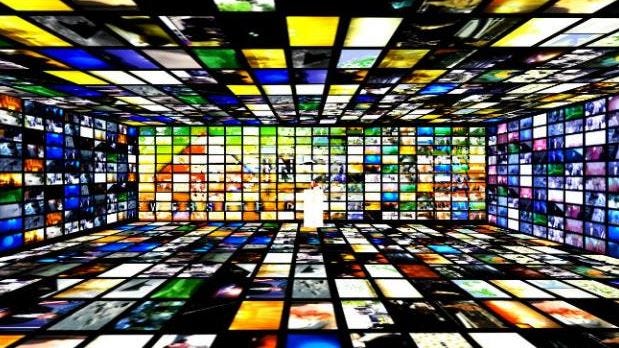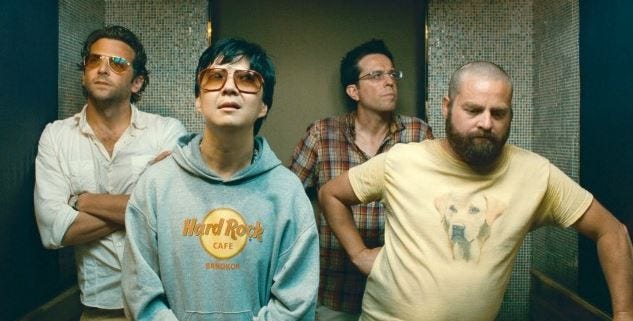Originally published at TDG Research on March 26, 2015
The current explosion of OTT TV services has fixated both industry and popular media, with renewed cries of “Television as we know it is dead.” It’s an obsession I find to be misplaced. If anything is going to change the way we watch television and make OTT TV happen, it will be the TV Everywhere (TVE) apps deployed by the MVPDs –- that is, operator TVE apps.
This may sound counterintuitive, given the rash of recent activity around standalone network apps and skinny bundles, but remember that most revolutions happen from within, and no one is in a better position to make OTT TV happen than the MVPDs. If only they can get out of their own way…
So why are MVPDs best positioned when it comes to OTT?
A Built-In Audience of Millions – All of the new OTT pay-TV services, from Sling TV to HBO Now, must first build an audience from scratch. This includes Sony’s Vue, which has the advantage of tens of millions of PlayStation owners, but still must convince them to (a) get rid of their current pay-TV service (if they use one), and (b) spend $70/month for a service that, barring the presence of multiple PlayStations, only works on one television at a time.
The MVPDs, however, enjoy a huge built-in audience for their TVE apps: the millions of consumers who are already paying for their home TV service. All the MVPDs have to do is convince them to download a free TVE app and start using it. There’s nothing to give up, nothing to replace, and (most notably) nothing to pay. That’s an incredibly strong selling point.
All Those Ad Dollars – Thanks to this built-in potential audience of millions, selling ads on operator TVE apps will be much easier when compared with other OTT TV apps. As the networks start to see the ad revenue flow in, they’ll become less resistant to the idea of striking deals to put their shows on the operator apps. They may even go crazy and allow viewers to access their home DVR or VOD systems through these apps. Stranger things have happened.
Ease Of Use – Because operator TVE apps are integrated into the user’s existing pay-TV system, they (theoretically) should be easier to set up. For instance, the app should (again, theoretically) automatically log on to the home Wi-Fi system, since the user is already registered, and the Time Warner app, once set up, can recognize the user as a Time Warner TV customer.
There are also dozens of channels available through operators TVE portals that you can flip through with minimal hassle. This is a major advantage with operator TVE apps. If you are using a dozen standalone apps, each from a different network, switching from one channel to another is a major hassle.
Operator TVE apps also let you easily move between your devices. So when your brother gives up his spot in front of the 72-inch home theater in the den, you can slide right in, cast the Patriots game from your iPad to the TV set, and you’ll be sitting pretty in seconds. That’s the advantage of having a TVE service that’s also connected to your set-top box.
The MVPDs Control The Internet (or at least the last mile) – Because MVPDs are also broadband network owners, they get to make the rules. Rules like “if you really want the broadband-only package, we can sell it to you, but for five dollars more we can throw in our basic pay television package with 35 channels…and a free TV Everywhere app.” That’s a difficult offer to resist, no matter how much of an Apple fanboy you might be.
And as operator TVE apps get more popular and households start streaming hours of video, families who are MVPD customers won’t be looking at draconian bandwidth caps, since unlimited high-speed bandwidth will be part of their ‘titanium’ double- or triple-play package.
On The Other Hand – While MVPDs are in great position with respect to OTT, It’s not all smooth sledding from here. MVPDs are notoriously bad at user interfaces, and if their TVE app is torturous to use, then the millions of potential viewers will refuse to use it. Similarly, if the MVPDs and networks fail to give users access to TV content from VOD or DVR (or both), then that’s a big minus (though the ‘free’ part of ‘free TVE app’ will always be very compelling).
How Real Is This? Very. Last month, Comcast released some rather telling numbers. It seems that 30% of its TV subscribers are already using the ‘Xfinity To Go’ app at least monthly, with users averaging just over seven hours of viewing per month. Moreover, the app has been downloaded more than 11 million times. Now contrast this with the 100,000 subs Sling TV signed up its first month and you’ll have an idea why I’m betting on the MVPDs.
Summary
Yes, the tsunami of new OTT broadband pay-TV services is worthy of attention and something TDG first predicted way back in 2009. Despite the uptick in quantity and quality of new OTT TV services, it would be a tremendous mistake to underestimate the power of MVPDs when it comes to OTT, especially given the many advantages listed above.
Yes, the tsunami of new OTT broadband pay-TV services is worthy of attention and something TDG first predicted way back in 2009. Despite the uptick in quantity and quality of new OTT TV services, it would be a tremendous mistake to underestimate the power of MVPDs when it comes to OTT, especially given the many advantages listed above.






















